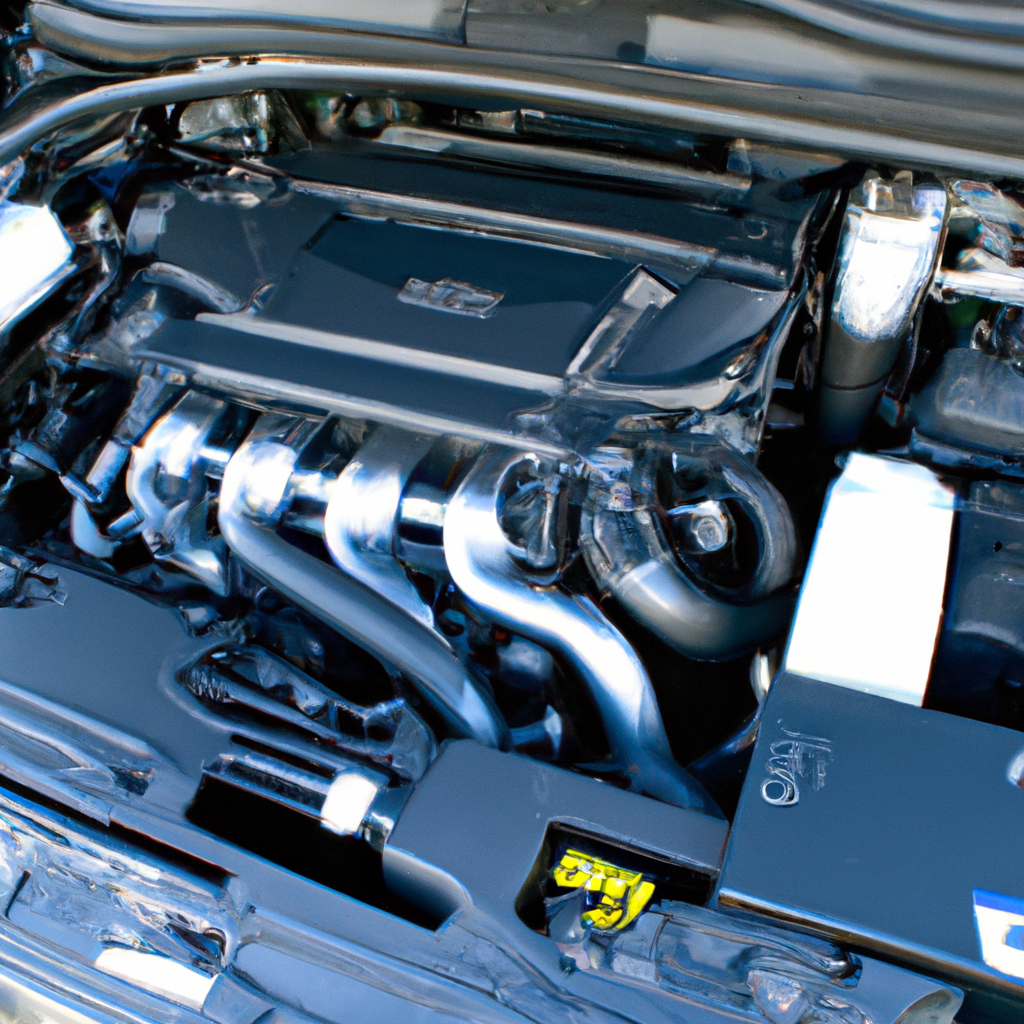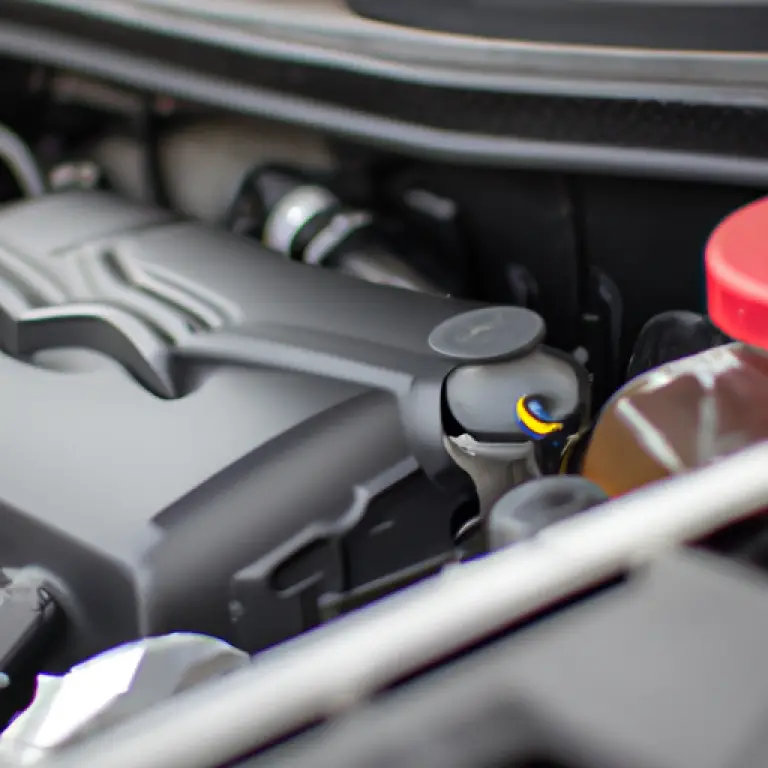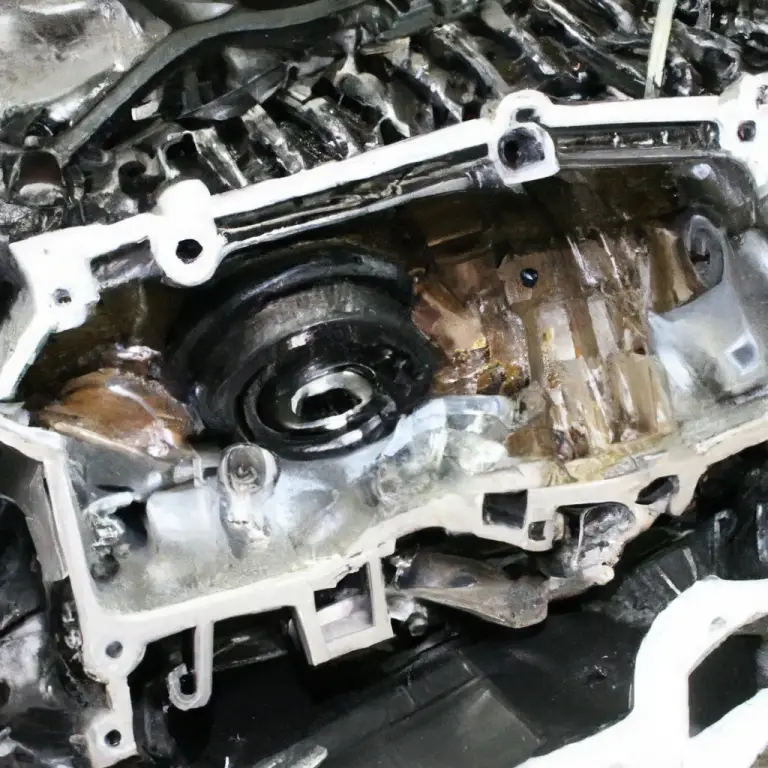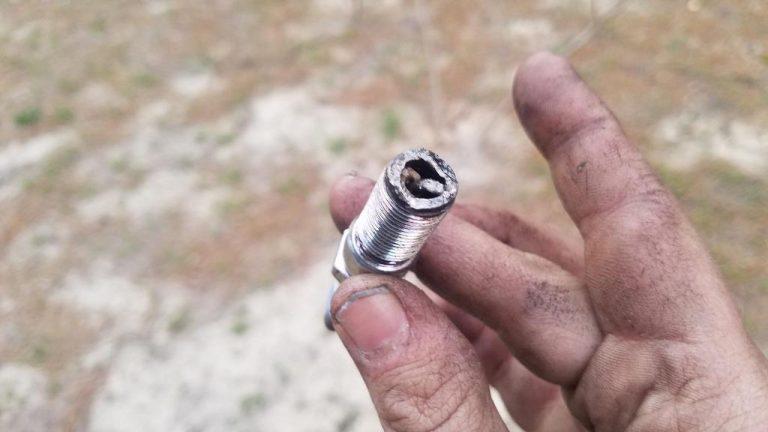2007 Ford F150 Transmission Problems
In this article, we aim to illuminate the intricacies of common transmission issues observed in the 2007 Ford F150 model. With a focus on empowering Ford owners, mechanics, DIY enthusiasts, and those keen on Ford maintenance, the goal is to equip readers with critical knowledge of identifying problems, offering potential solutions, and subsequently promoting timely repairs. Leveraging on our wealth of expertise in car mechanics, specifically within the scope of Ford models, we share insights in an approachable, credible, and professional manner, striving to bridge the gap between complex mechanical jargon and everyday language.

Overview of 2007 Ford F150 Transmission Problems
The 2007 Ford F150 is an iconic vehicle that’s part of the F-series, the best-selling pickup truck lineup in America. However, it is not without its fair share of mechanical issues. We have observed that many owners report problems related to the truck’s transmission system.
Most common transmission issues
The common transmission issues associated with the 2007 Ford F150 are erratic shifting, hard shifts, and slipping transmission. Other reported problems include a delay in gear engagement, transmission overheating, and in rare instances, total transmission failure. An in-depth analysis of these issues will be discussed further in the article. These Ford F150 transmission issues can be quite costly to repair, and can significantly impact the vehicle’s performance and safety. It is important for Ford F150 owners to be aware of these common transmission issues and to address them promptly to prevent further damage. If left untreated, these issues can lead to more severe mechanical issues and potentially leave the vehicle inoperable.
Factors contributing to transmission problems
Several factors can contribute to these transmission problems. They include improper fluid levels, leaks, wear and tear of components, and software problems. These issues, if left unattended, can exacerbate the transmission problems already present in the vehicle, leading to further damage.
Potential signs of transmission problems
Knowledge of the potential signs of transmission problems can help vehicle owners address the problems early on and prevent further deterioration. These signs may include a noticeable difference in the way the vehicle shifts gears, strange noises, and the check engine light illuminating on the dashboard.
Common Symptoms of Transmission Problems
Erratic shifting
Erratic shifting is one of the common symptoms associated with transmission issues. You may notice an unusual jerk or resistance while trying to change gears. This issue can seriously affect the overall driving experience and vehicle safety.
Problem shifting gears
Another symptom could be a noticeable problem when shifting gears. This could manifest as a delay or inability to shift into the correct gear, requiring unnecessary force to move the shifter.
Transmission slipping
You may also notice instances of the transmission slipping. This refers to the vehicle suddenly changing gears for no clear reason, leading to a loss of acceleration and potential safety hazards.
Delayed engagement
Delayed engagement is when there’s a noticeable delay between the time you shift into “drive” or “reverse” and the vehicle actually moving in that direction. It often signifies a developing transmission problem.
Transmission overheating
In worst-case scenarios, the transmission may overheat, a condition often signaled by the transmission fluid taking on a burnt smell or turning unusually dark in color. Continued driving in this state can result in severe transmission damage or failure.
Detailed Analysis of Common Transmission Problems
Hard shifts
Hard shifts refer to sudden or forceful gear changes that disrupt a smooth driving experience. It can be very disconcerting and usually signifies a malfunction within the transmission system.
Transmission failure
Transmission failure is a serious problem that renders the vehicle undrivable. This often results from ignoring earlier warning signs and can pose a significant safety risk.
Shudder and vibration
Excessive shuddering or vibrating of the vehicle, especially while shifting gears, can indicate transmission issues. It’s important to pay attention to these signs as timely diagnosis and repair can prevent critical damage.
Pump failure or cracks in the fluid pump body
The transmission fluid pump plays a crucial role in maintaining the pressure needed for smooth gear shifts. A pump failure or cracks in the pump body can reduce this pressure, leading to transmission problems.
Torque converter issues
The torque converter is a vital component of the transmission system that transfers power from the engine to the transmission. Any issues with this can negatively impact the overall transmission performance.

Factors Contributing to Transmission Problems
Improper fluid levels
The level and quality of transmission fluid play a vital role in the health of the transmission system. Improper fluid levels—either too low or too high—can lead to various transmission problems, including overheating and slipping gears.
Transmission fluid leaks
Fluid leaks are another common cause of transmission problems. As the transmission fluid levels diminish, the performance of the transmission system is negatively affected.
Worn out or damaged components
Over time, components within the transmission system can wear out or become damaged. These can include gears, bearings, or seals that may require regular inspection and replacement.
Software problems
In some cases, software problems associated with the electronic control unit (ECU), which manages the vehicle’s automatic transmission system, can also cause erratic shifting or other transmission-related problems.
Repair Solutions for 2007 Ford F150 Transmission Problems
Fluid change
One of the most common and simplest repairs is a fluid change. Replacing old, dirty transmission fluid with fresh, high-quality fluid can often resolve minor transmission issues.
Transmission repair or rebuild
In more severe cases, a complete transmission repair or rebuild might be required. This involves taking apart the transmission system, replacing any damaged components, and reassembling it.
Software update
If the problem lies with the ECU, a software update or reprogramming the system might resolve the issue and improve overall transmission performance.
Replacement of faulty components
The replacement of faulty components such as damaged gears, bearings, or seals can often fix the transmission problems you’re experiencing.
Preventing Ford F150 Transmission Problems
Regular maintenance
Consistent and regular maintenance is the key to preventing Ford F150 transmission problems. This includes checking the transmission fluid regularly and ensuring its quality and quantity are optimal.
Proper use of transmission
Practicing good driving habits and using the transmission properly can also help prevent transmission-related problems. Avoid abrupt gear changes, and do not tow loads heavier than the vehicle’s maximum towing capacity.
Immediate response to early warning signs
If you notice any signs of transmission issues—such as erratic shifting, strange noises, or the illumination of the check engine light—seek professional help immediately.
Anticipated Costs for Repairing or Replacing Transmission
Average cost of repair
The average cost to repair a transmission can vary widely, but one can generally expect to pay between $1,800 and $3,500. The final cost will depend on factors such as the severity of the problem and your geographic location.
Considerations for cost of replacement
If the transmission problem is too severe to repair, replacement might become necessary. A new transmission can cost anywhere between $4,000 and $8,000. Used or re-manufactured options may be cheaper.
Comparing dealership and independent mechanic repair costs
Where to get repairs can also impact your costs. Dealerships typically charge higher rates than independent mechanics; however, they also generally provide warranties on their work. It’s advisable to shop around and compare estimates before making a decision.
DIY Repair Tips for 2007 Ford F150 Transmission
Checking fluid levels
Proper maintenance starts with regularly checking the transmission fluid levels. The fluid should be a clear red color and should fall within the indicated lines on the dipstick.
Replacing transmission fluid
If the fluid is brown or has a burnt odor, it’s time to replace it. Most DIY experts recommend a full fluid change every 30,000 to 60,000 miles.
Identifying and fixing leaks
Fluid leaks are a common transmission issue. Inspect the ground where your car is usually parked for any red fluid. A nearby mechanic can help identify and repair any leaks.
Recognising signs of chipped gears
Unusual noises or a lack of smooth gear shifts could indicate chipped or damaged gears. These should be replaced immediately as they can lead to severe damage if not checked.
How to Choose the Right Repair Shop
Factors to consider when choosing a repair shop
Some factors to consider when choosing a repair shop include the shop’s reputation, their experience with your specific vehicle make and model, and the transparency of their pricing structure.
Importance of certified professionals
Ensure the mechanics are certified professionals, as this indicates they have met certain minimum standards of experience and skills set by the industry.
Tips to get a fair price
Don’t forget to ask questions about their warranty policy, what specific repairs will be done, and how much each aspect will cost. Compare quotes from different repair shops to get a fair price.
Can Transmission Problems Affect the Towing Capacity of a Ford F150?
Transmission problems can indeed impact the towing capacity of a Ford F150. It is crucial to pay attention to the 2013 f150 ecoboost towing specs to ensure the transmission can handle the load. Ignoring these specifications may result in further damage to the transmission and limitations on the truck’s ability to tow heavy loads.
Community Insights into 2007 Ford F150 Transmission Problems
Transmission problems discussions from online forums
Online forums can provide firsthand information about specific problems that Ford F150 owners have faced. They often share their experiences, solutions, and useful tips that can be beneficial to others facing similar issues.
Real-life experiences from Ford F150 owners
Real-life experiences from other owners can provide valuable insights into what to expect when dealing with transmission problems. They often offer a more practical view of what to expect during the repair process.
Useful advice from car mechanics and experts
Listen to advice from car mechanics and experts in the automotive industry. Their professional opinions and insights can provide valuable information about preventive maintenance, repair processes, and finding the best repair solutions for your specific needs.
In conclusion, being proactive and vigilant about the welfare of your 2007 Ford F150’s transmission system can help ensure a smoother, safer driving experience. Always pay attention to the signs your truck communicates and never delay addressing any issues that arise. With the right care and maintenance, your Ford F150 can provide you with reliable performance for many years to come.







